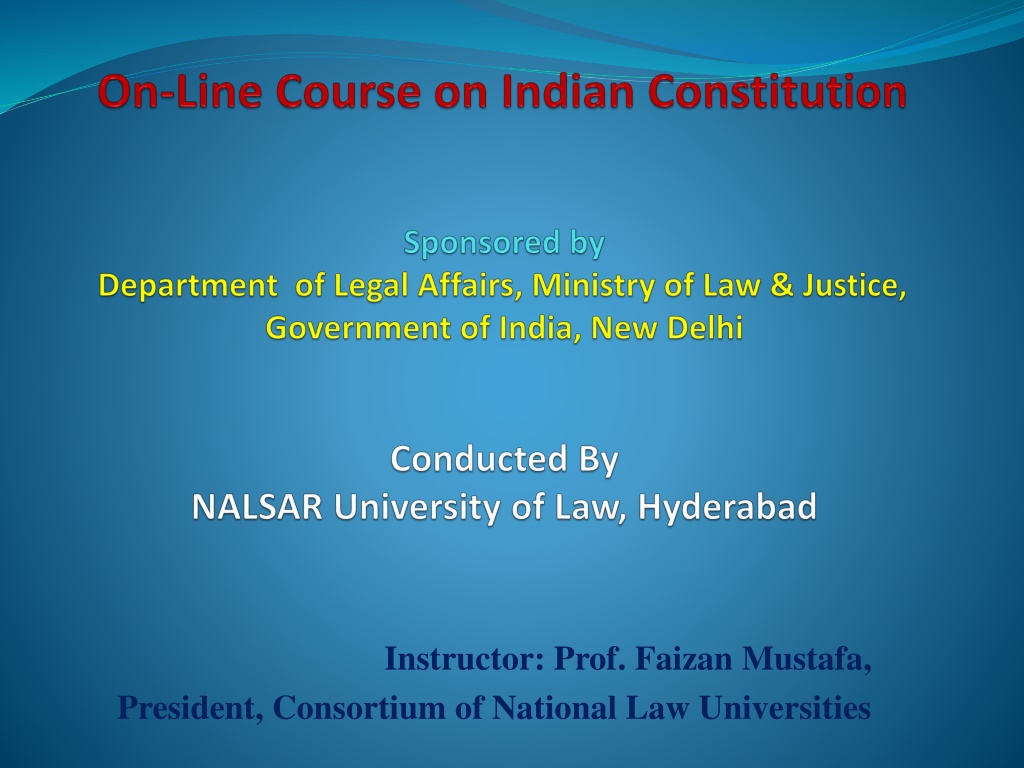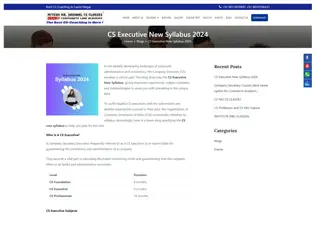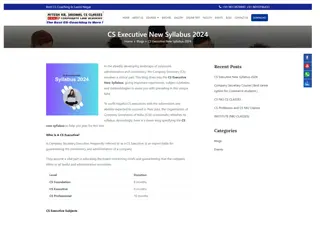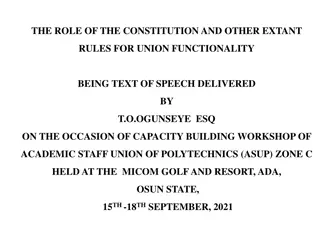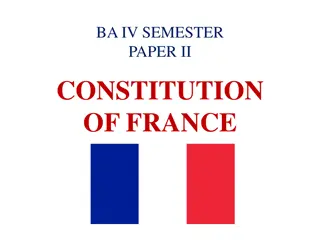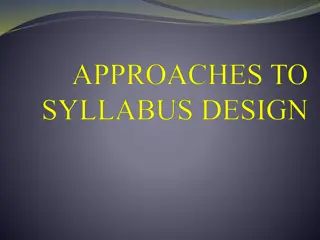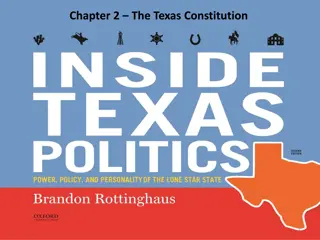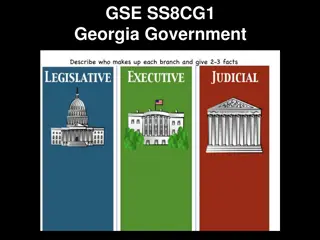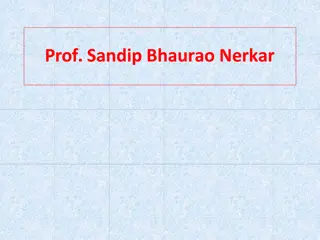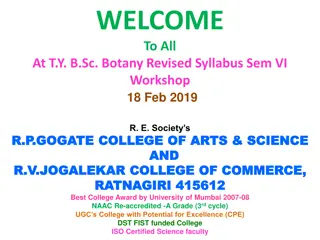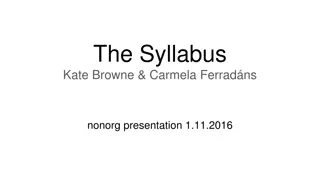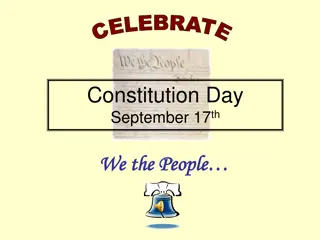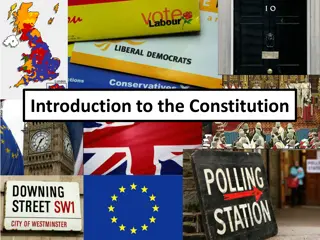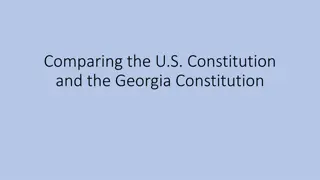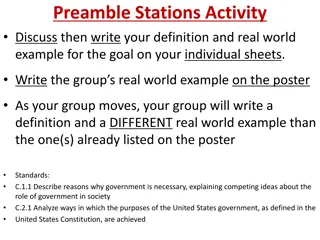Our Constitution: Course Details and Syllabus
Enhance your understanding of the Constitution with this course led by Prof. Faizan Mustafa, President of CNU. Discover the importance of constitutional knowledge, eligibility criteria, course duration, fees, and examination details. Delve into the syllabus covering topics like citizenship, rights, freedom of speech, affirmative action, fundamental duties, and more. Broaden your insights on the Constitution's significance and its impact on society.
Download Presentation

Please find below an Image/Link to download the presentation.
The content on the website is provided AS IS for your information and personal use only. It may not be sold, licensed, or shared on other websites without obtaining consent from the author.If you encounter any issues during the download, it is possible that the publisher has removed the file from their server.
You are allowed to download the files provided on this website for personal or commercial use, subject to the condition that they are used lawfully. All files are the property of their respective owners.
The content on the website is provided AS IS for your information and personal use only. It may not be sold, licensed, or shared on other websites without obtaining consent from the author.
E N D
Presentation Transcript
Instructor: Prof. Faizan Mustafa, President, Consortium of National Law Universities
Insert original logo of constitution Insert government of India and NALSAR logo on each slide
Why we should do this course? It will make us better citizens & Help in Understanding our Constitutional Journey Constitution is Supreme Law of the Country Constitution tells us about our Fundamental Rights Constitution describes powers of various organs of the Government & details of the Centre-State Relations To get familiarized with the text of the Constitution & Leading Judgments To better appreciate current constitutional developments
Course Details Eligibility: Anyone who has passed Class X Duration of Course: Fifteen Lectures Fee: Rs.500/- Examination: Online test of 50 multiple choice questions. To pass the course and get NALSAR s certificate at least 50% marks be secured. Language: English
Course Syllabus Why constitutions are drafted, when they are drafted, what they should contain, what are their types. Constituent Assembly Debates and Choices made by the framers of the Constitution Preamble- What it includes, how it is amended, how it is used. Citizenship (Articles 5 to 11) Right to Equality- Reasonable Classification
Continued.. Affirmative Action- Reservation- Need and how long should it continue? Why improvements are to be made? Freedom of Speech- Limits- Sedition, Blasphemy, Defamation, controlling online speech. Right to Life & Liberty- Aadhar, Privacy Freedom of Religion- Essentiality test- Prayers in Schools Rights of Minorities- Right to Culture, Mother Tongue & NEP Directive Principles- Non-Justifiable Relationship Between Fundamental Rights & Directive Principles
Continued.. Union Executive- Prime Minister President Relations - Ordinance Making Article 51-A- Fundamental Duties: Relationship Between Fundamental Duties & Fundamental Rights. Judiciary- appointment of judges- Is judicial review anti - democratic? Amending Powers Need, Important Amendments Basic Structure Distinction between the Constituent Power and ordinary legislative powers.
What is Constitution? Constitution is the Supreme Law of any country It is the solemn contract between State and People It incorporates people s aspirations about their society It tells us about our Fundamental Rights and how to use these rights It informs us about our Fundamental Duties It describes powers of various organs of the Government It gives details of the Centre-State Relations
Why a country drafts a Constitution? To achieve Constitutionalism To limit the powers of the State To ensure that no organ of Government crosses its Constitutional Boundaries To recognise people s rights
When a country drafts its Constitution? When there is break from Past What can be termed such a Break Independence from Colonial Rule Revolution Partition Merger of Two Countries
What are the various Types of Constitutions? Written & Unwritten Federal & Unitary Parliamentary & Presidential Rigid & Flexible
What a Constitution should contain? The Minimum: United States Constitution Lengthiest Constitution of the World: Indian Constitution Original Constitution: Articles -395 Parts -22 Schedules- VIII
Summary Constitution is Supreme Law Constitution signifies a compact between People & State. Constitution limits powers of the state. Constitution tells us about our Rights. Constitution tells us about our duties. Constitution tells us about power structure of state. Constitution is drafted when there is break from Past. Constitutions must be brief
Next Lecture We will discuss The British rule and Indian National Movement. How British agreed to formation of Constituent Assembly? The process of drafting of Indian Constitution and kinds of choices we made. Who were leading members of our Constituent Assembly?
Thank You Thank You See you in the next lecture . See you in the next lecture .
Disclaimer The views which have been expressed by the speaker in the lecture are his personal views.
